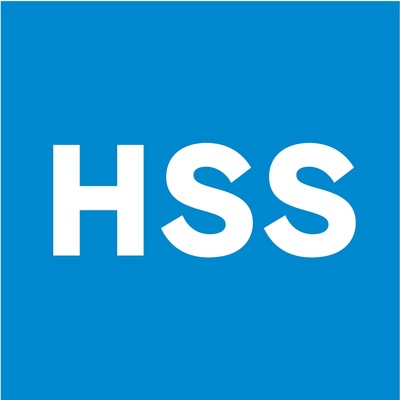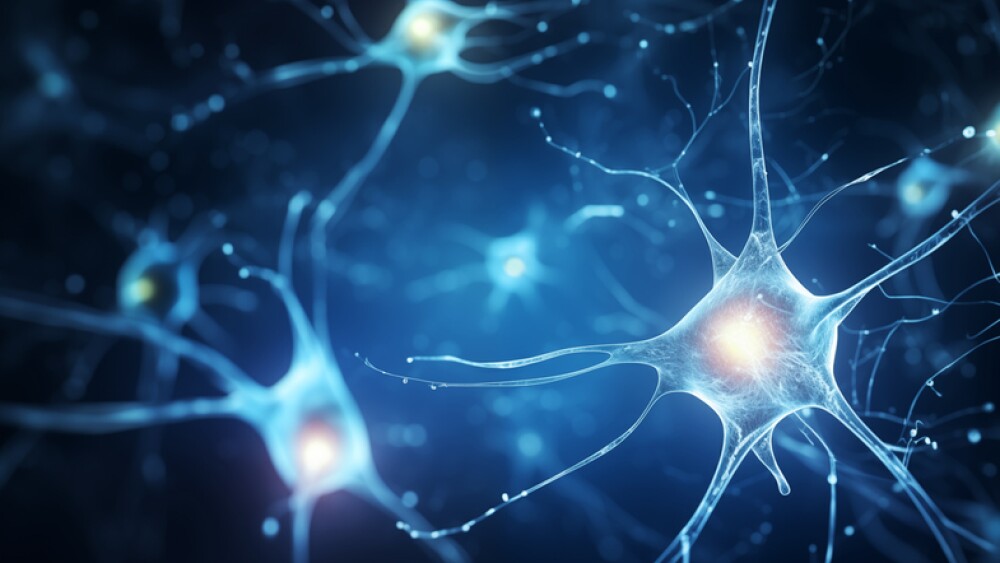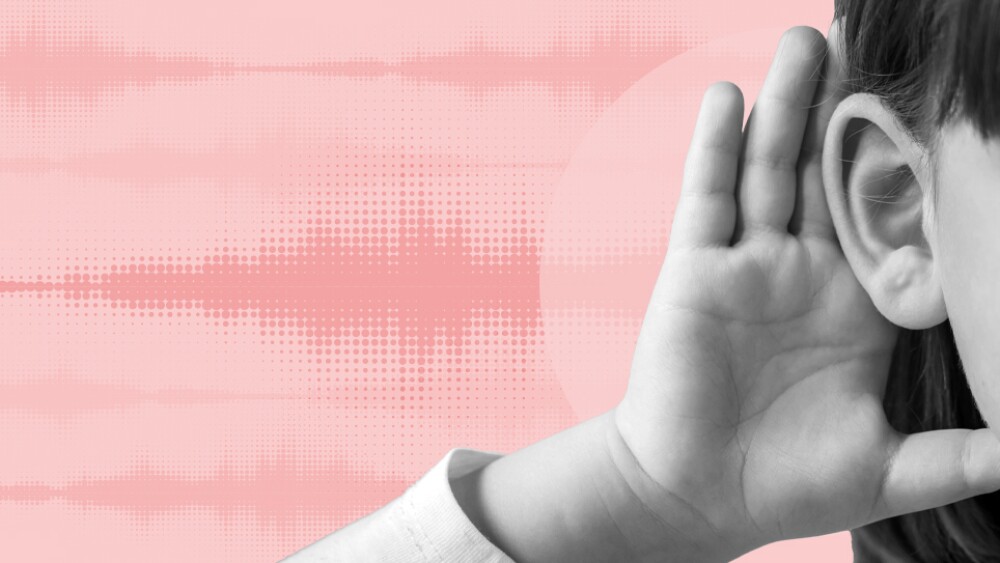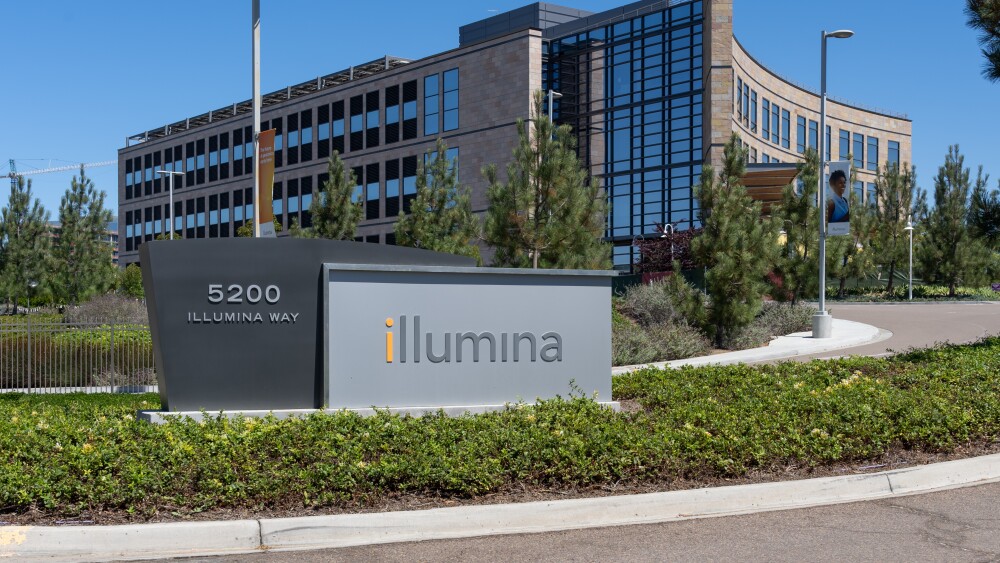Human growth hormone has long been used to treat certain medical conditions in children. New research from surgeon-scientists at Hospital for Special Surgery shows that there may be a previously unknown complication.
Parents and Physicians Should Discuss this Potential Complication of Growth Hormone Treatment for Active Children and Adolescents
NEW YORK, Jan. 4, 2024 /PRNewswire/ -- Human growth hormone has long been used to treat certain medical conditions in children. New research from surgeon-scientists at Hospital for Special Surgery (HSS) shows that there may be a previously unknown complication.
The HSS investigators found that the odds of taking human growth hormone therapy were 15 times higher among children who experienced a fracture to the growth plate of the upper shinbone compared with a matched comparison group who experienced midshaft tibia fractures, according to a new study published December 21, 2023 in the Journal of Bone and Joint Surgery.
In children, human growth hormone therapy has been used for decades to treat growth hormone deficiency due to underlying medical conditions such as Turner syndrome, very small weight at birth, Prader-Willi syndrome and chronic renal insufficiency. However, in 2003, its use became more widespread in children, when the U.S. Food and Drug Administration approved it for the treatment of short stature with no known cause, called idiopathic short stature.1 Since then, an increasing number of children have been taking growth hormone therapy to boost their height.2, 3
Fractures to the growth plate at the top end of the shinbone, or tibia, are called proximal tibia physeal avulsion fractures. “We have been seeing more cases of tibia growth plate fractures in our emergency room and outpatient offices,” says senior author Peter D. Fabricant, MD, MPH, a pediatric orthopedic surgeon at HSS. “While kids are still growing, the tibia growth plate is structurally weaker than the patellar tendon. When a child or adolescent lands awkwardly or forcefully contracts their quadriceps muscle, instead of the patellar tendon rupturing, it pulls off a piece of bone from the growth plate because the growth plate is weaker.”
“At HSS, a big part of what our pediatric orthopedic service does is treat children with significant fractures and orthopedic injuries,” says study co-author Daniel W. Green, MD, MS, FAAP, FACS, chief of the Pediatric Orthopedic Service at HSS. “Parents frequently ask our pediatric orthopedic surgeons if human growth hormone caused their children’s fractures. Given the volume of patients we treat, we were able to investigate the relationship between tibia growth plate fractures and growth hormone therapy in pediatric patients.”
The study is the first to formally quantify this concerning relationship. The researchers analyzed hospital records for two groups of pediatric patients treated at HSS between February 2016 and May 2023—66 patients who experienced proximal tibia physeal avulsion fractures and a comparison group of 66 patients who had midshaft tibia fractures, which involve the same bone but not the growth plate area. Patients in both groups were 13 years of age on average, with similar body mass indices. The percentage of males in each group was 82 percent.
The analysis revealed that seven, or 11 percent, of patients with a proximal tibia physeal avulsion fracture reported taking human growth hormone, whereas zero patients in the comparison group were taking growth hormone. Therefore, the odds of taking growth hormone therapy were 15 times higher among patients with proximal tibia physeal avulsion fractures than the comparison group. Most patients, 86 percent, were taking growth hormone for increasing stature.
“Tibia growth plate fractures are rare but serious injuries. They account for less than 3 percent of pediatric fractures, but more than 40 percent of patients with these fractures require surgical repair,” says Dr. Fabricant. “Moreover, whether a patient requires surgery or not, these fractures require a long recovery period—12 weeks for healing the break and regaining range of motion, plus several more weeks to months to recover strength and endurance before resuming normal activities.”
“We hope families deciding whether their children should start or continue growth hormone therapy consider our new evidence as they carefully weigh the pros and cons of therapy in consultation with their pediatric endocrinologists,” Dr. Green says. “Further research is required to tease out whether limiting specific high-impact sports will mitigate the risk of tibia growth plate fractures in active children and adolescents.”
About HSS
HSS is the world’s leading academic medical center focused on musculoskeletal health. At its core is Hospital for Special Surgery, nationally ranked No. 1 in orthopedics (for the 14th consecutive year), No. 2 in rheumatology by U.S. News & World Report (2023-2024), and the best pediatric orthopedic hospital in NY, NJ and CT by U.S. News & World Report “Best Children’s Hospitals” list (2023-2024). In a survey of medical professionals in more than 20 countries by Newsweek, HSS is ranked world #1 in orthopedics for a fourth consecutive year (2023). Founded in 1863, the Hospital has the lowest readmission rates in the nation for orthopedics, and among the lowest infection and complication rates. HSS was the first in New York State to receive Magnet Recognition for Excellence in Nursing Service from the American Nurses Credentialing Center five consecutive times. An affiliate of Weill Cornell Medical College, HSS has a main campus in New York City and facilities in New Jersey, Connecticut and in the Long Island and Westchester County regions of New York State, as well as in Florida. In addition to patient care, HSS leads the field in research, innovation and education. The HSS Research Institute comprises 20 laboratories and 300 staff members focused on leading the advancement of musculoskeletal health through prevention of degeneration, tissue repair and tissue regeneration. In addition, more than 200 HSS clinical investigators are working to improve patient outcomes through better ways to prevent, diagnose, and treat orthopedic, rheumatic and musculoskeletal diseases. The HSS Innovation Institute works to realize the potential of new drugs, therapeutics and devices. The HSS Education Institute is a trusted leader in advancing musculoskeletal knowledge and research for physicians, nurses, allied health professionals, academic trainees, and consumers in more than 165 countries. The institution is collaborating with medical centers and other organizations to advance the quality and value of musculoskeletal care and to make world-class HSS care more widely accessible nationally and internationally. www.hss.edu.
1 Kaufman, M. FDA Approves Wider Use of Growth Hormone. WashingtonPost.com. Published July 26, 2003. Accessed December 4, 2023 at https://www.washingtonpost.com/archive/politics/2003/07/26/fda-approves-wider-use-of-growth-hormone/5d3171fa-f732-4b5e-8c66-49b8ace4d1ed/
2 Brody, JE. Weighing the Use of Growth Hormone for Children. NYTimes.com. Published March 29, 2021. Accessed December 4, 2023, at https://www.nytimes.com/2021/03/29/well/live/growth-hormones-short-children-height.html
3 Hitt T, Ginsburg KR, Cousounis P, et al. Concerns and Expectations of Parents Seeking Subspecialist Care for Their Child’s Short Stature. Horm Res Paediatr. 2019;92(5):311-318. Accessed December 4, 2023, at https://pubmed.ncbi.nlm.nih.gov/32229729/
![]() View original content to download multimedia:https://www.prnewswire.com/news-releases/hss-study-reveals-concerning-link-between-growth-hormone-therapy-and-growth-plate-fractures-in-children-302025971.html
View original content to download multimedia:https://www.prnewswire.com/news-releases/hss-study-reveals-concerning-link-between-growth-hormone-therapy-and-growth-plate-fractures-in-children-302025971.html
SOURCE Hospital for Special Surgery





